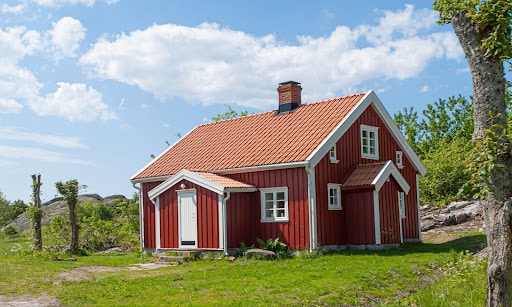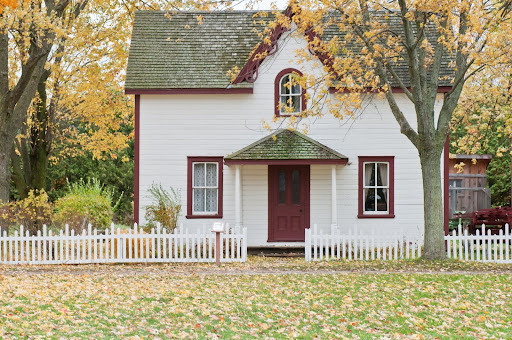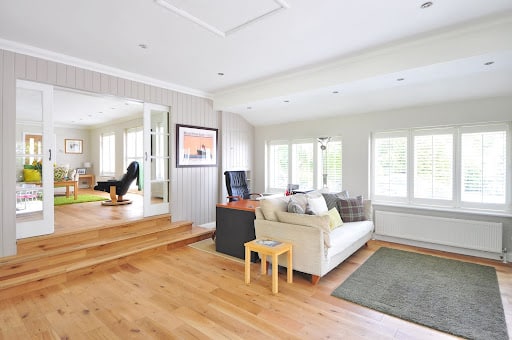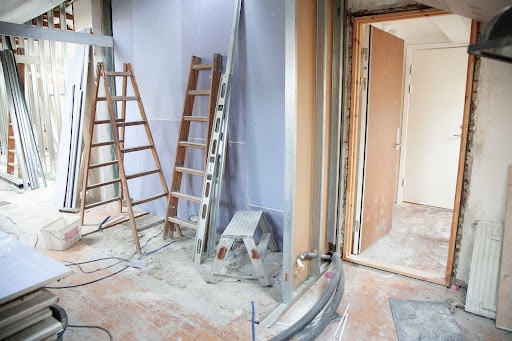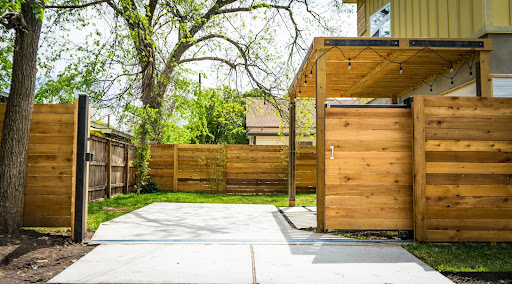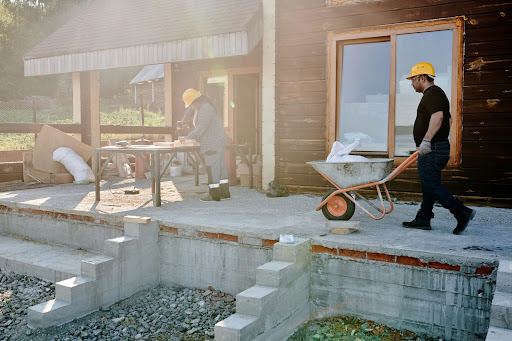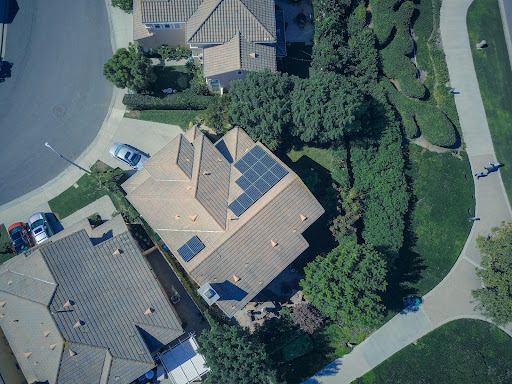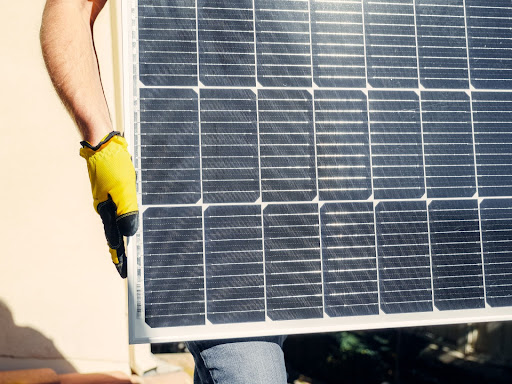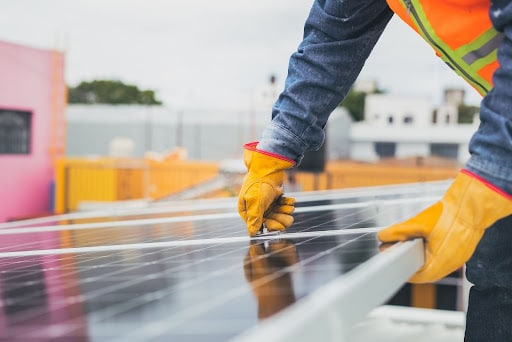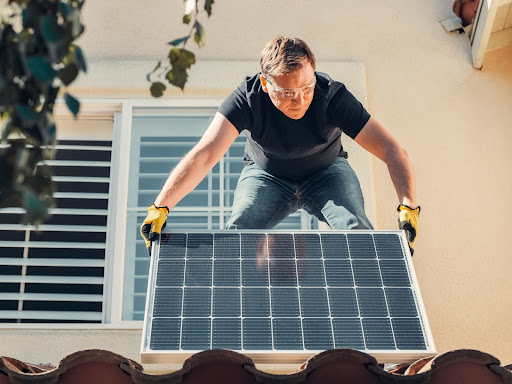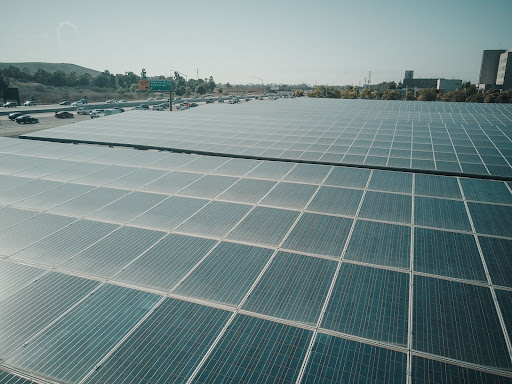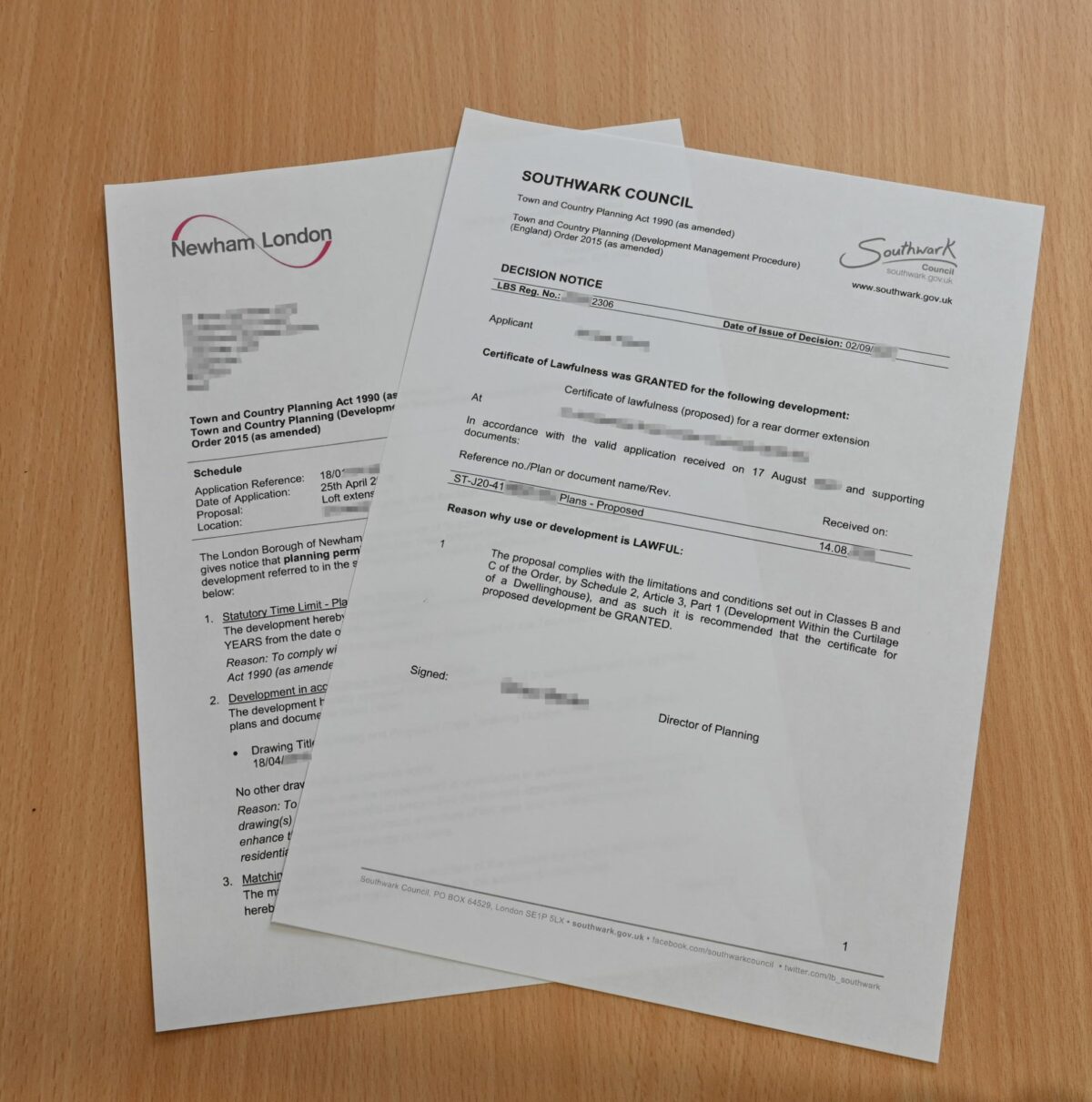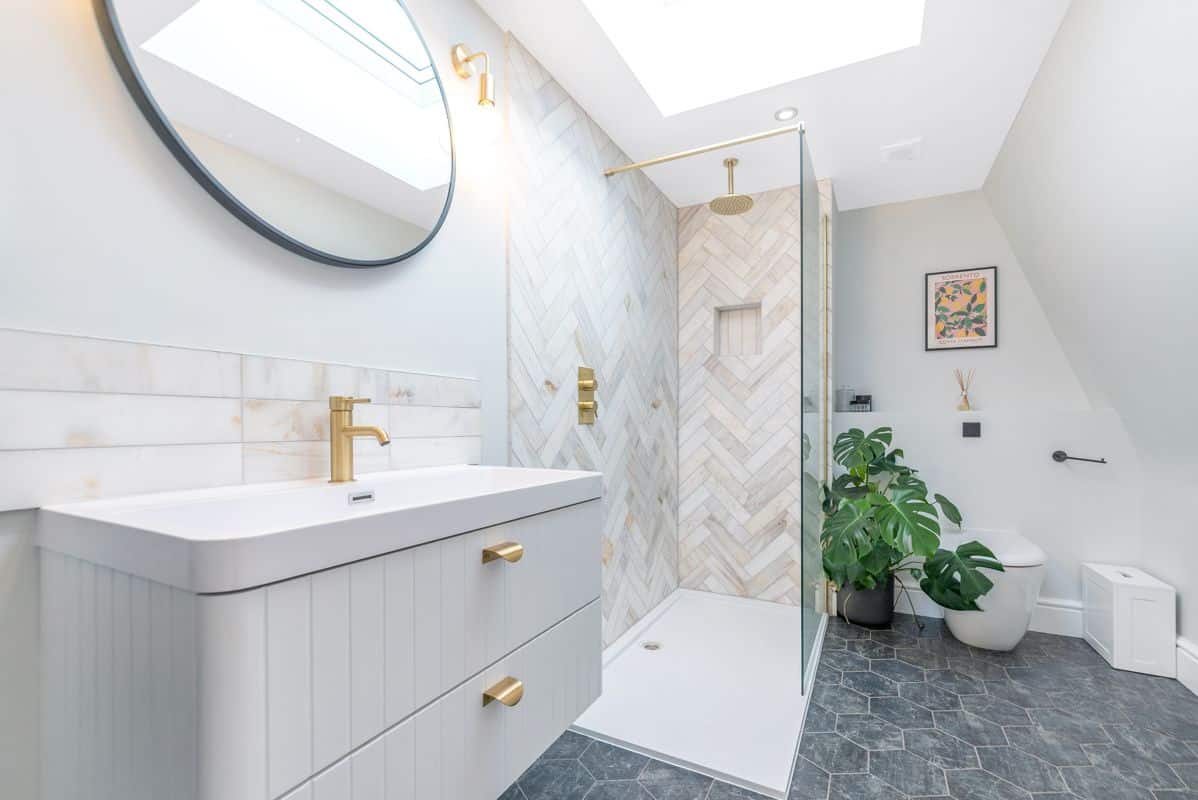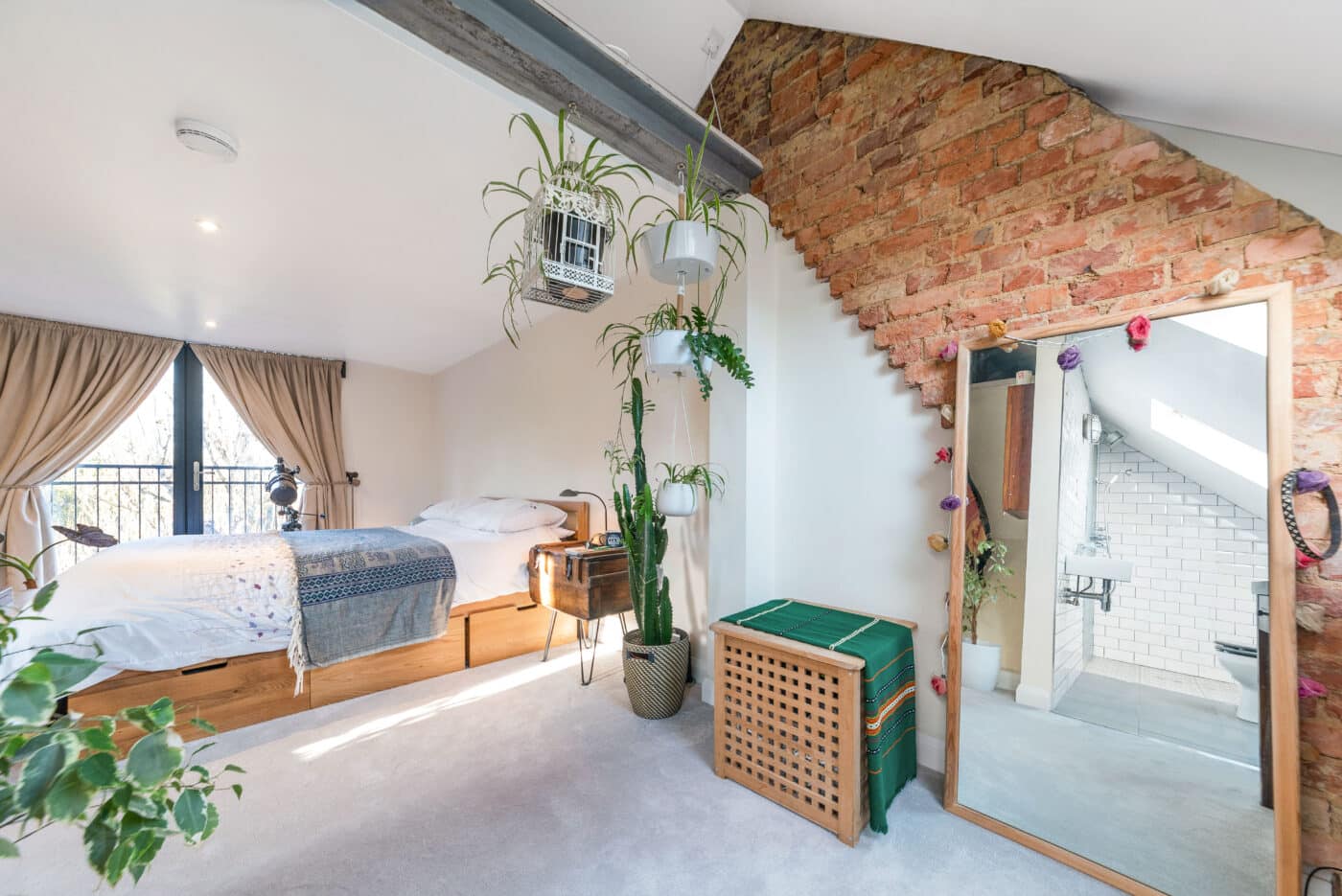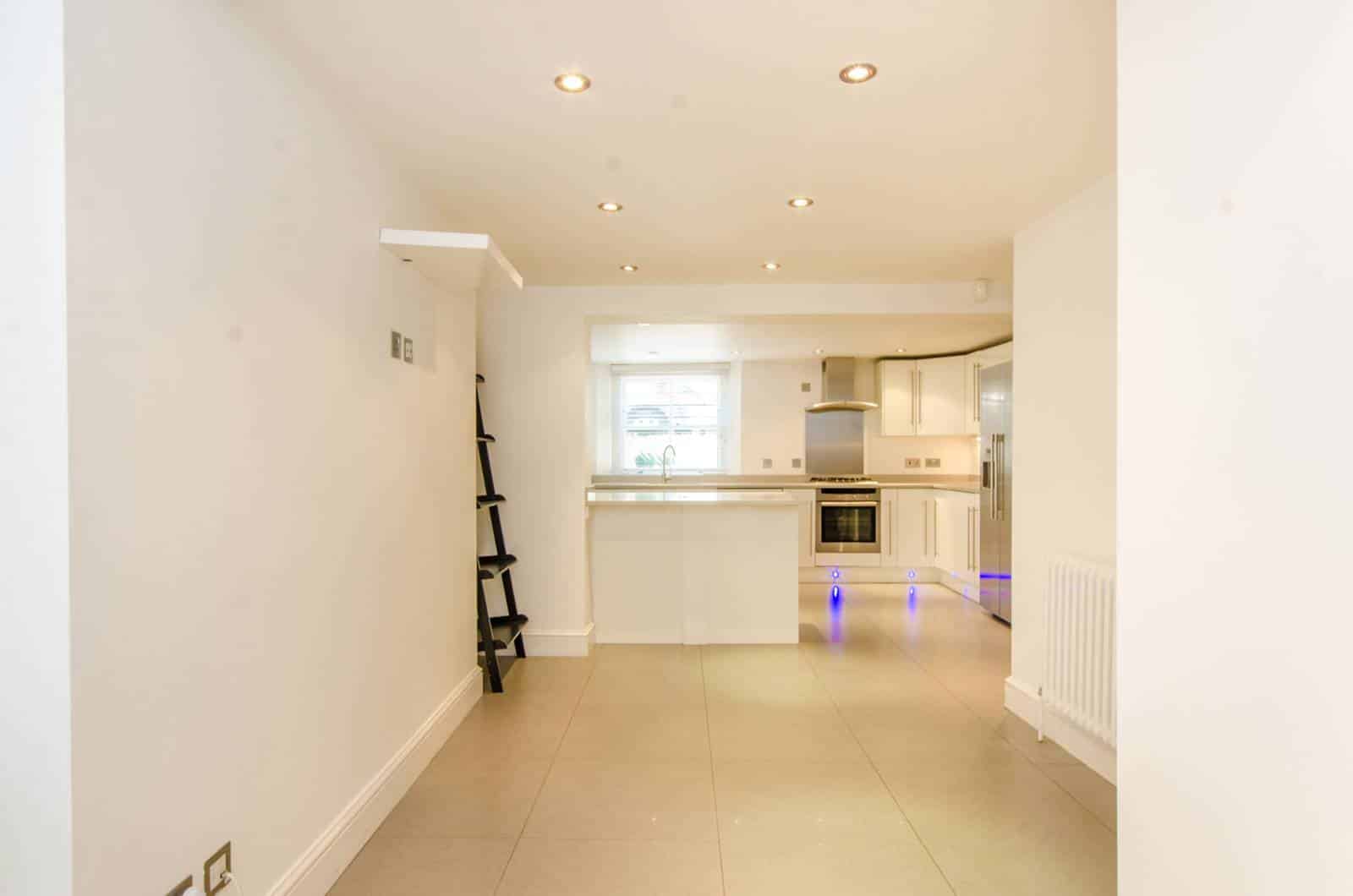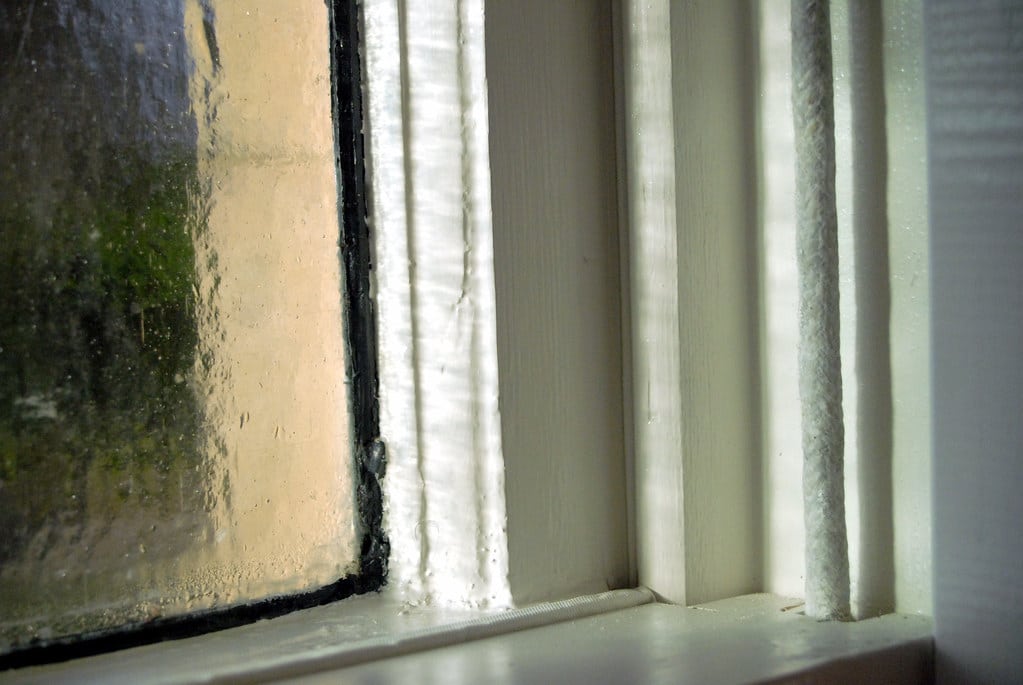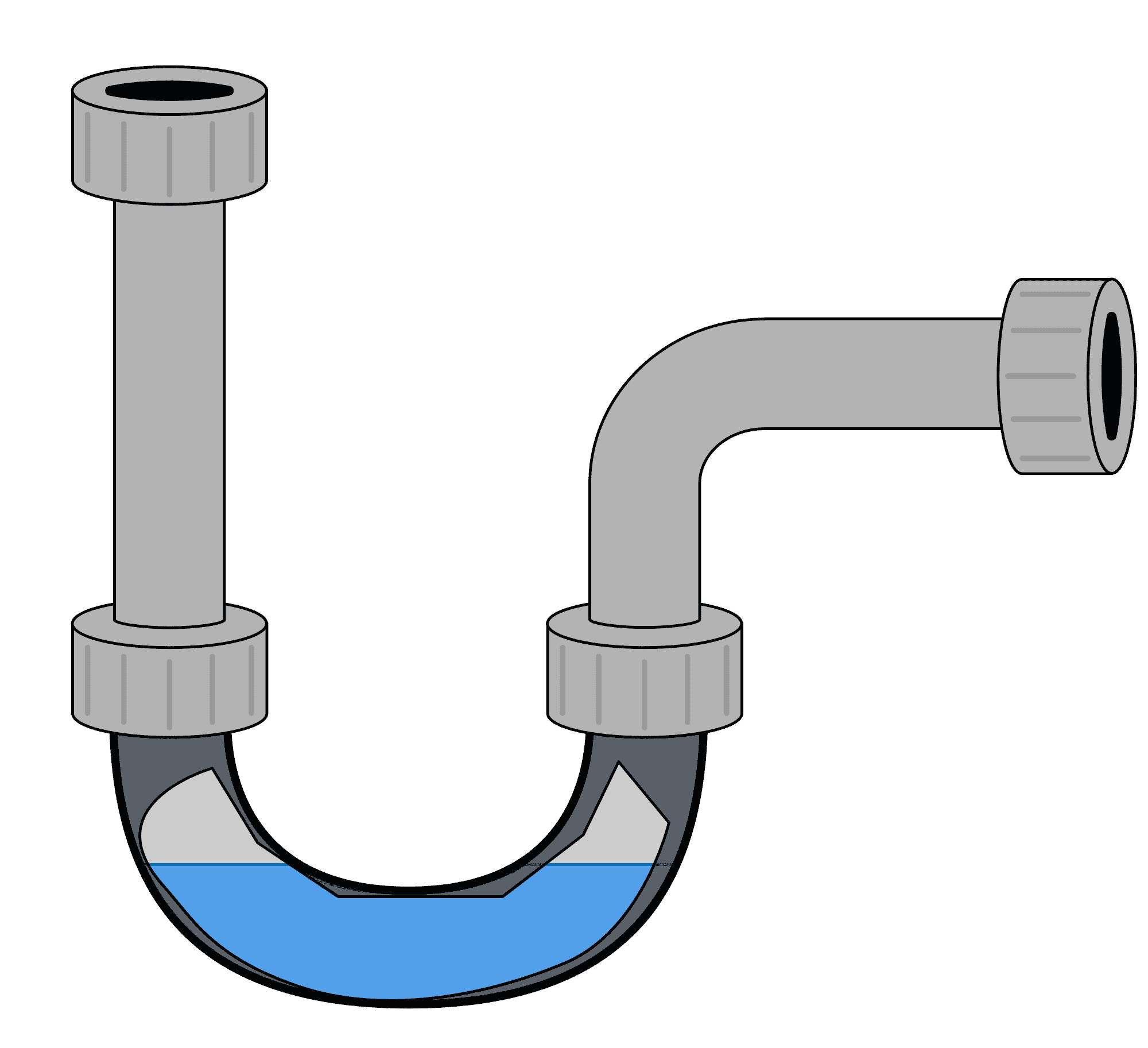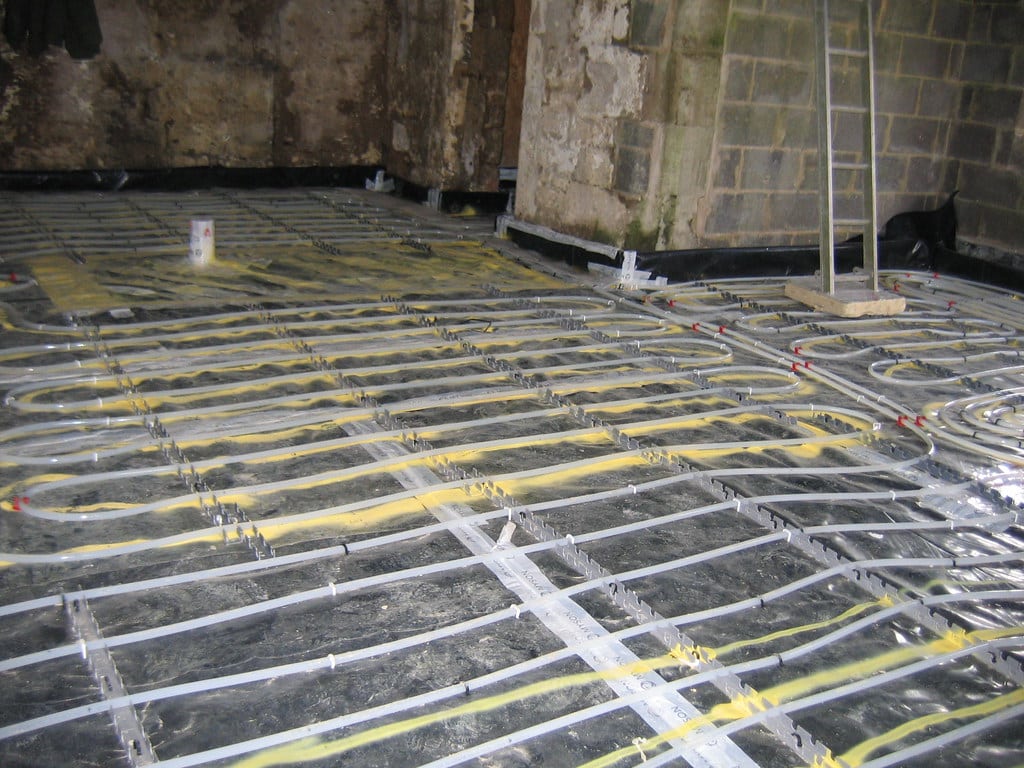Are you considering a double storey extension for your home? This guide will provide you with valuable information about the purpose, costs, and factors that influence the final price of such an expansion.
What is a double storey extension?
A double storey extension, also known as a two storey extension or double extension, is a substantial home improvement project that involves expanding your house over two levels. It aims to provide extra living space for a variety of purposes:
- Additional Bedrooms: To accommodate a growing family or create guest rooms.
- Extra Bathrooms: Enhancing convenience and functionality.
- Open-plan Living Spaces: Creating spacious, sociable environments.
- Home Offices: In response to the rise of remote work.
- Hobby Rooms: Tailored spaces for personal interests, from home gyms to craft rooms.

The possibilities are virtually endless, and a well-executed double storey extension can significantly enhance your space, making it more comfortable and functional for your family’s needs.
How much does a double storey extension cost in Ireland?
The cost of a double storey extension in Ireland varies widely, influenced by factors like location, size, design, materials, and statutory requirements. To provide a more localized perspective, let’s explore the typical costs and relevant statistics.
Average double storey extension cost in Ireland
In Ireland, the cost of a double storey extension typically ranges from €1,200 to €2,500 per square meter. These costs encompass construction work, materials, labor, and architectural design.
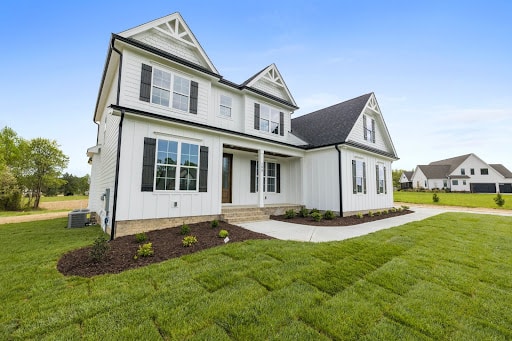
Location and regional variation
The specific location of your property is a significant cost influencer. In urban areas like Dublin and its surrounding counties, construction costs tend to be higher than in rural areas. This is often due to the increased costs of labor and materials in cities. According to the Society of Chartered Surveyors Ireland (SCSI), construction costs in Dublin can be approximately 10-15% higher than the national average.
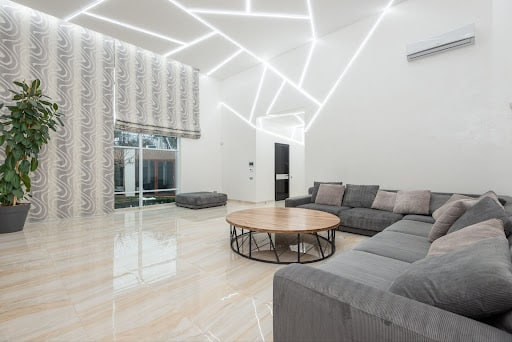
Size, design, and complexity
The size and complexity of your double storey extension are crucial determinants of cost. Larger extensions or those with intricate designs and architectural features will incur higher expenses. According to a report by the Royal Institute of the Architects of Ireland (RIAI), the average cost per square meter for house extensions in 2021 was €1,738, and the average size was 42 square meters.
Planning permission and building regulations
Depending on your location and the specifics of your extension, you may need planning permission, which can incur additional costs. Additionally, ensuring compliance with building regulations is essential. It’s important to consult with your local authority to understand the specific requirements and associated costs.

Quality of materials and interior finishes
The materials and interior finishes you choose for your extension significantly impact the cost. Opting for premium materials and high-quality finishes will naturally increase the budget. It’s essential to strike a balance between quality and cost-effectiveness.
Structural work
If your extension necessitates structural work, such as underpinning, this will add to the costs. Structural adjustments are crucial to ensure the stability and integrity of your home when adding additional stories.

Energy efficiency
Enhancing energy efficiency can be a wise investment in Ireland, given the importance of keeping homes warm during the winter months. Incorporating energy-efficient features like double-glazed windows, effective insulation, and efficient heating systems can reduce long-term utility costs. The Sustainable Energy Authority of Ireland (SEAI) offers grants and incentives for energy-efficient home improvements.
Local Labor Costs
The cost of labor varies by region and is influenced by the availability of skilled workers. It’s important to obtain realistic labor cost estimates for your specific area.

Key considerations in a double storey extension for Ireland
In addition to the factors influencing cost, several other key considerations are particularly relevant to Ireland:
Housing market trends
Stay informed about the local housing market. Consider how your extension project may affect the value of your property in the context of current market conditions.
Sustainable building practices
Ireland is increasingly focused on sustainable construction. Adhering to sustainable building practices not only benefits the environment but may also provide you with opportunities for grants and incentives.

Preservation of heritage
In some areas, especially older neighborhoods, there may be restrictions on the type of extension and materials used to preserve the heritage and character of the locality. It’s important to be aware of such restrictions and requirements.
Insurance and permits
Make sure you have the necessary insurance coverage during the construction process. Additionally, ensure you’ve obtained all the required permits and approvals to avoid legal complications and potential delays.
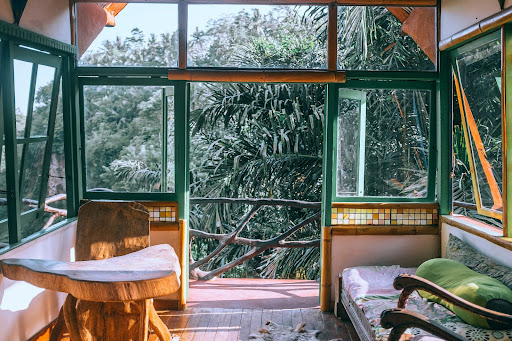
Increased living space and quality of life
One of the primary benefits of a double storey extension is the increased living space it offers, which can significantly improve your quality of life. In Ireland, where the weather can be unpredictable, having a well-designed extension provides valuable additional indoor space, making your home more comfortable and versatile.
Long-term investment and property value
The cost of a double storey extension is an investment that can increase the value of your property in the long run. According to the Central Statistics Office (CSO), property prices in Ireland have been steadily increasing in recent years.
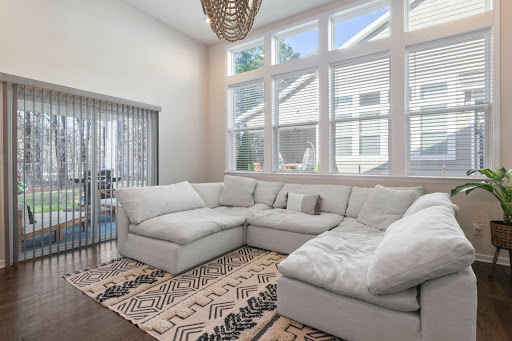
Grants and incentives
The Irish government and various organizations offer grants and incentives for energy-efficient home improvements. By incorporating sustainable and energy-efficient features into your extension, you can potentially take advantage of financial support to reduce the overall cost.
To get an accurate estimate specific to your project in Ireland, consult with professionals who can provide detailed assessments. With careful planning, budgeting, and a focus on quality, your double storey extension can be a game changer, offering comfort, functionality, and a boost in property value.
